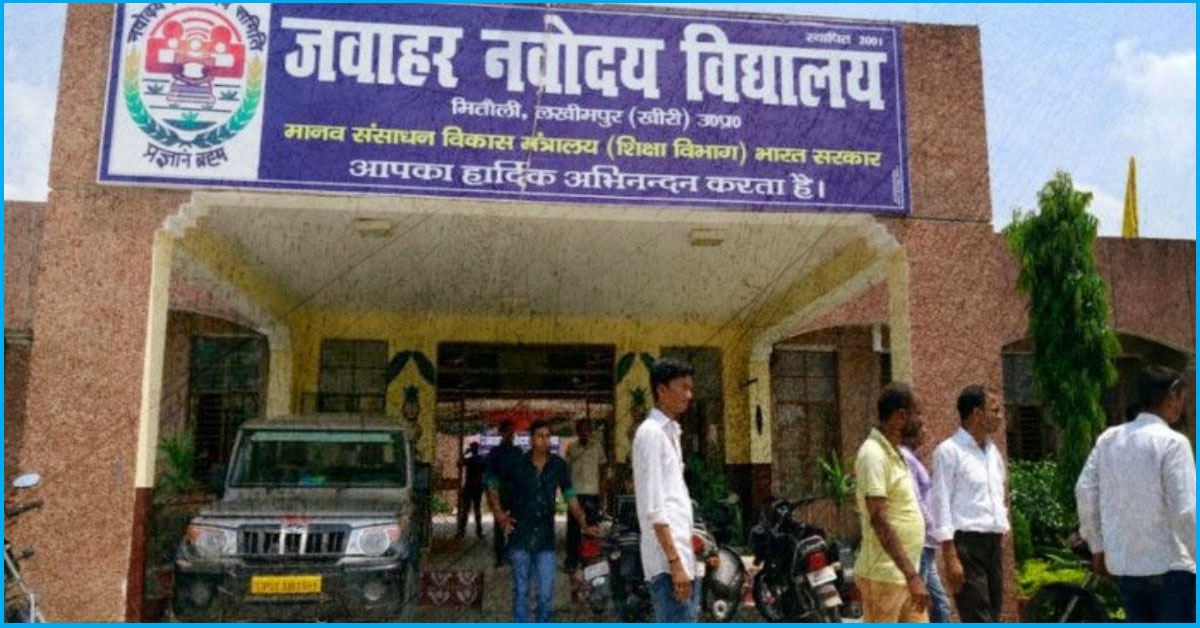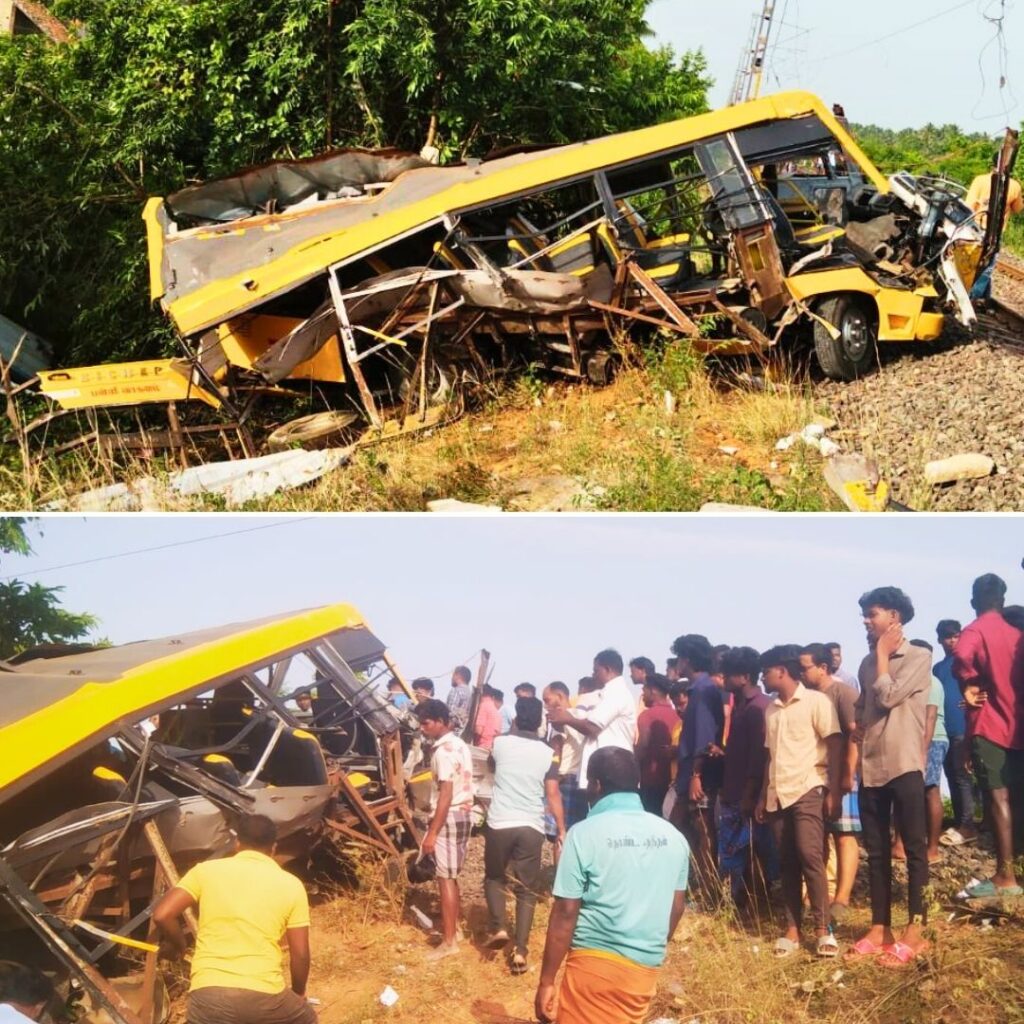Jawahar Navodaya Vidyalayas (JNVs), the esteemed residential school chain by the central government for meritorious rural children, has witnessed 49 suicides on campus in the last five years, The Indian Express reported. The report also reveals that nearly half of the suicides were committed by male students from the Dalit and tribal communities.
The records for years 2013 to 2017, unearthed by The Indian Express under RTI Act show that half of the children who killed themselves were Dalits and Adivasis and a majority of them were boys. Also, of the 49 suicides, 42 students killed themselves by hanging, and either the classmates or member of the school staff later found their bodies.
All about JNVs
JNVs were started 1985-86 with the aim “to provide good quality modern education – including a strong component of culture, inculcation of values, awareness of environment, adventure activities and physical education to the talented children predominantly from the rural areas without regard to their family’s socio-economic condition” as reads the description in the website of Navodaya Vidyalaya Samiti, the organization responsible for managing all 635 JNVs. Proving right to the vision, Navodaya schools have become the saviour for thousands of talented but underprivileged children for getting a quality education and consequently establish a successful future.
As per The Indian Express, these schools have recorded a pass percentage of over 99% in Class 10 and over 95% in Class 12, which is much higher than private schools as well as CBSE’s national average.
A Navodaya Vidyalaya starts from Class 6, and 75 percent seats are reserved for children from rural areas. A merit test is conducted for admission with an acceptance rate of less than 3 percent.
Highest number of suicides among SC students
However, these schools are facing serious problems as per the data obtained by The Indian Express and verified individually by 41 out of 46 schools.
In the year 2017, 2.53 lakh students in the age group of 9 to 19 were enrolled in Navodaya schools and the number of suicides in the same year was 17. Thus, the suicide rate (number of suicides per 1,00,000 people) at JNVs is 5.5. It is, in fact, slightly higher than the national suicide rate (3) in 2015 for the population aged between 6 and 17 years.
The highest number of suicides (16) was by students belonging to the SC category. SC and ST students accounted for 25 suicides, which is more than half the total number.
In JNVs seats are reserved for students from the SC and ST communities in proportion to their population in the district where the school is located. However, it is not less than the national average, which is 15% for SCs and 7.5% for STs.
71% suicides committed by boys
Almost 60% of students in JNVs are boys, and nearly 71% of the suicides were committed by boys. Of the 49 suicides, 43 were committed by students in Class 9 or above.
The newspaper said that the causes of suicide “are disparate and range from unrequited love to family problems, corporal punishment or humiliation by teachers, academic pressure, and fight between friends.” Suicides peaked in months following the two-month-long summer break ending in July and during the examination session.
No significant action to prevent suicides
However, Navodaya Vidyalaya Samiti (NVS) commissioner Bishwajit Kumar Singh holds the students’ personal problems accountable for the tragic suicides. According to him, the timing of the suicides indicates that after spending considerable time at home during the break, students find it difficult to adjust to school life or are stressed over strained domestic relations.
In 2016, NVS took notice of the problem when the suicide figures hit double digits for the first time. In November 2016, they issued an 11-page circular mentioning the ways to spot suicidal tendencies and prevent suicides on campus. The circular made it clear that if a suicide takes place on campus, the school can’t evade responsibility.
However, as the data for 2017 shows, nothing substantial has been done to prevent suicides. There is no system for professional counseling of the students who are traumatised after seeing their schoolmate’s dead body on campus, reported The Indian Express.
The Logical Indian take
JNVs are among the topmost deemed educational institutions in the country known for their academic prowess. For many first generation learners from low-income rural backgrounds, JNV is the dream school. However, such an alarming rate of suicides in the JNV campuses across India indicate a deep-seated discrepancy in the management. The fact that marginalised students comprise half of the suicides hint at some sort of discrimination from teachers, school staff or fellow students. It is high time that the school authority conducts a thorough probe to unravel the problems faced by the students before the situation worsens. The Logical Indian urges concerned authorities to ensure the mental well-being of these talented students.











